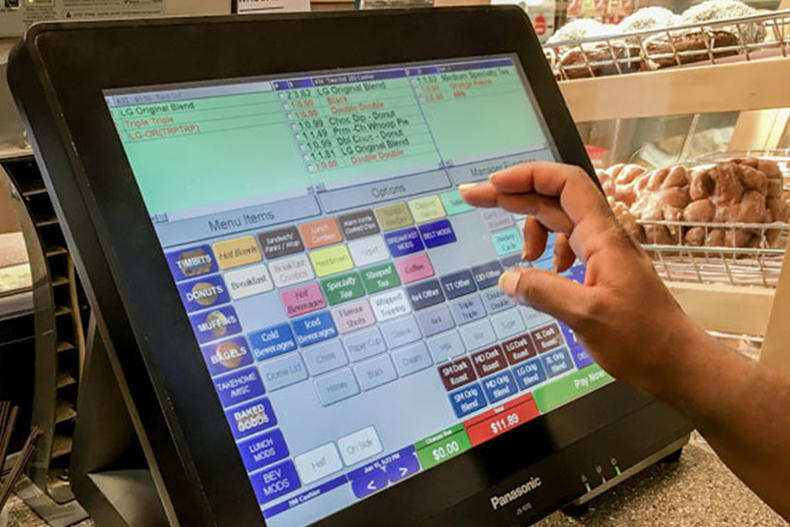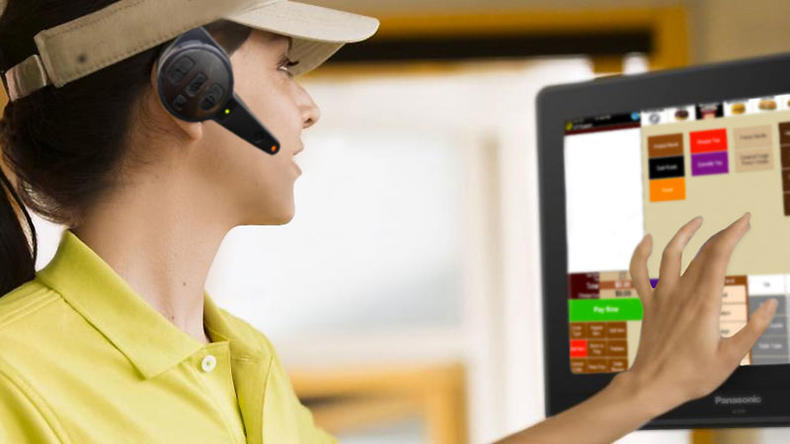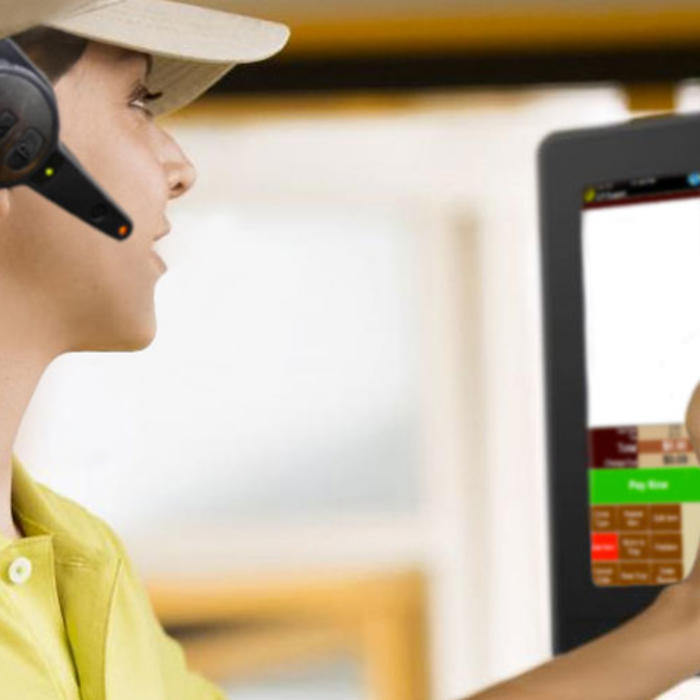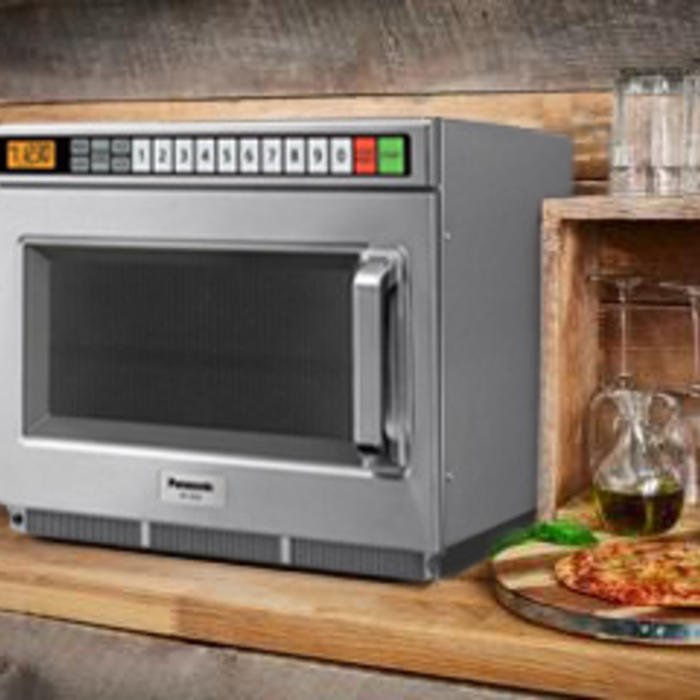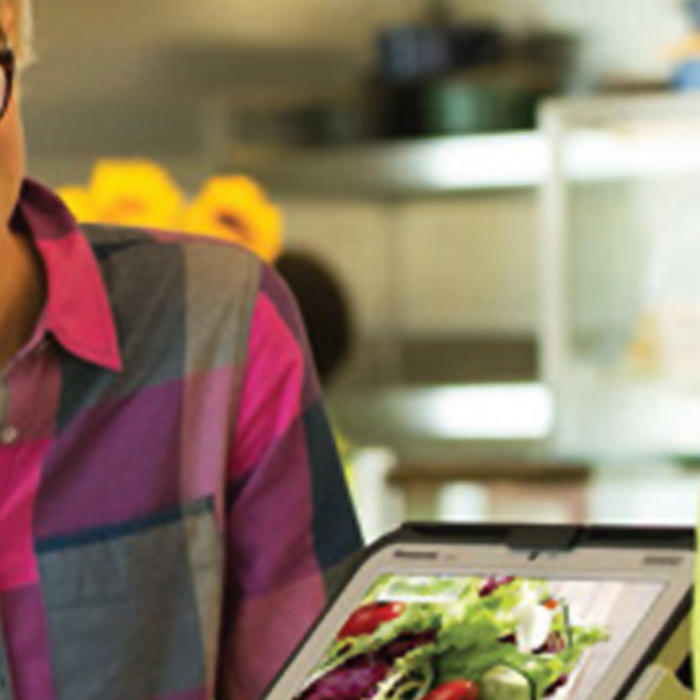POS Systems for Quick Service Restaurants Guide
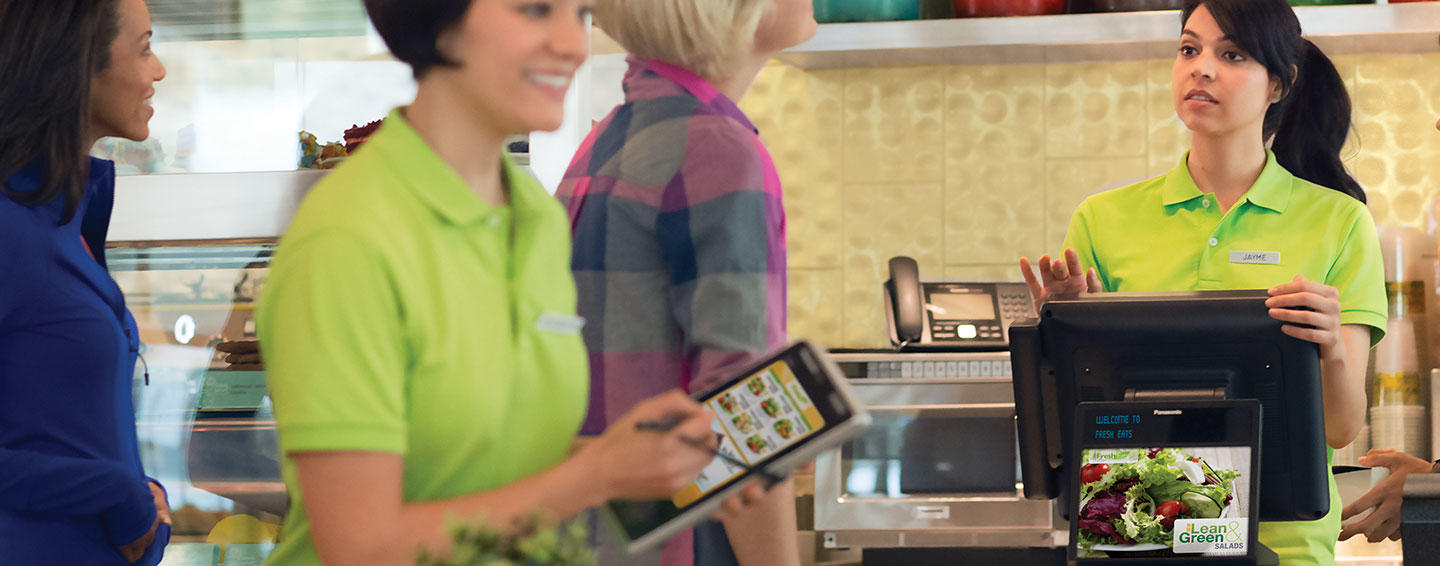
Point of sale systems
Learn about the different types of POS systems and how they can help your business.
The modern, technology-driven food service industry is fiercely competitive. To achieve long-term success, you must consistently satisfy your customers’ expectations for fast, efficient service. Choosing the right point-of-sale (POS) system can position your quick service restaurant (QSR) to become a strong competitor.
What is a POS system?
A POS system, comprised of hardware and software, is what you use to conduct sales at your quick service restaurant.
Commonly used POS hardware includes:
- Cash registers
- Barcode scanners
- Cash drawers
- Credit/debit card readers
- Receipt printers
- Label printers
- Scales
- Self-serve checkout kiosks
Food service solutions can range from basic payment processing systems to comprehensive enterprise-grade POS systems for managing multiple aspects of your QSR business.
On-premise versus cloud POS systems
On-premise POS systems are fully installed on site, so they tend to have higher upfront costs and require substantial in-house IT support. In contrast, cloud POS systems rely on web-based software-as-a-service (SAAS) applications accessible from any internet-connected device, driving down initial costs and minimizing in-house support requirements.
What POS systems are used for
A POS system can do much more than simply process point-of-sale transactions. At their best, POS systems administer sales, inventory, customer information and employees, as well as provide the data-driven business insight that you need to make smart, informed decisions.

Sales Reporting
If you find it challenging to harness the power of your sales data, POS technology may offer a solution. The right POS system can make it easy for you to generate detailed reports and performance charts based on product, hour, total cost of items sold, total retail amount, net profit, profit percentage, gross margin, and other sales data.

Inventory Management
Your fast-paced QSR business relies on efficient inventory management to run smoothly. A point-of-sale system for restaurants can automatically monitor inventory levels across multiple locations and provide timely low-stock alerts—or even place orders on your behalf—so you always have product on hand. To save time and minimize inventory errors, you can incorporate scanners into the POS system and track products with unique serial numbers.

Customer Management
If you want to leverage customer data more effectively, you should consider a POS system that includes customer relationship management (CRM). A CRM capability allows you to retain customers’ purchase history and capture information such as name, age, birthday, phone number and email address for use in marketing campaigns and loyalty programs.

Employee Management
The success of a quick service restaurant is closely tied to the performance of its employees. A food service POS system with employee management features can help you identify star performers, flag workers who need more coaching, and set attainable sales targets. Within the POS system, you should also be able to create shift schedules and email them to employees, and then track hours worked.
How to choose a POS system
Quick service restaurants must be able to rapidly process all popular payment methods, so you should select EMV-compatible POS technology that accepts chip-enabled credit/debit cards. To avoid hidden fees, always read the fine print before buying payment processing technology.
As you compare different point-of-sale systems, make sure that you clearly understand the terms of each offering. Some POS vendors will want to lock you in with proprietary hardware or fixed-term contracts, while others will offer open-source products or deliver services on a pay-as-you-go basis.
When evaluating quick service software, look for out-of-the-box integration with your existing business tech stack, including your website, accounting software and email marketing platform. Your restaurant is unique, so the POS software must be easily customizable to meet your needs.
Cost of a POS system
POS costs vary from business to business, depending on hardware and software requirements. As you perform a cost analysis, remember to account for potential labour savings from productivity-enhancing features such as time tracking and inventory management.
Why Panasonic?
Unmatched product quality, outstanding reliability, and deep expertise in the food service industry have made Panasonic the preferred technology partner of many leading restaurant brands. Our integrated solutions for technology-driven QSR businesses focus on enhancing the customer experience and driving operational efficiency. Whether you have a single restaurant or a whole chain, Panasonic can provide a tailor-made, end-to-end POS solution, along with comprehensive service and support.
